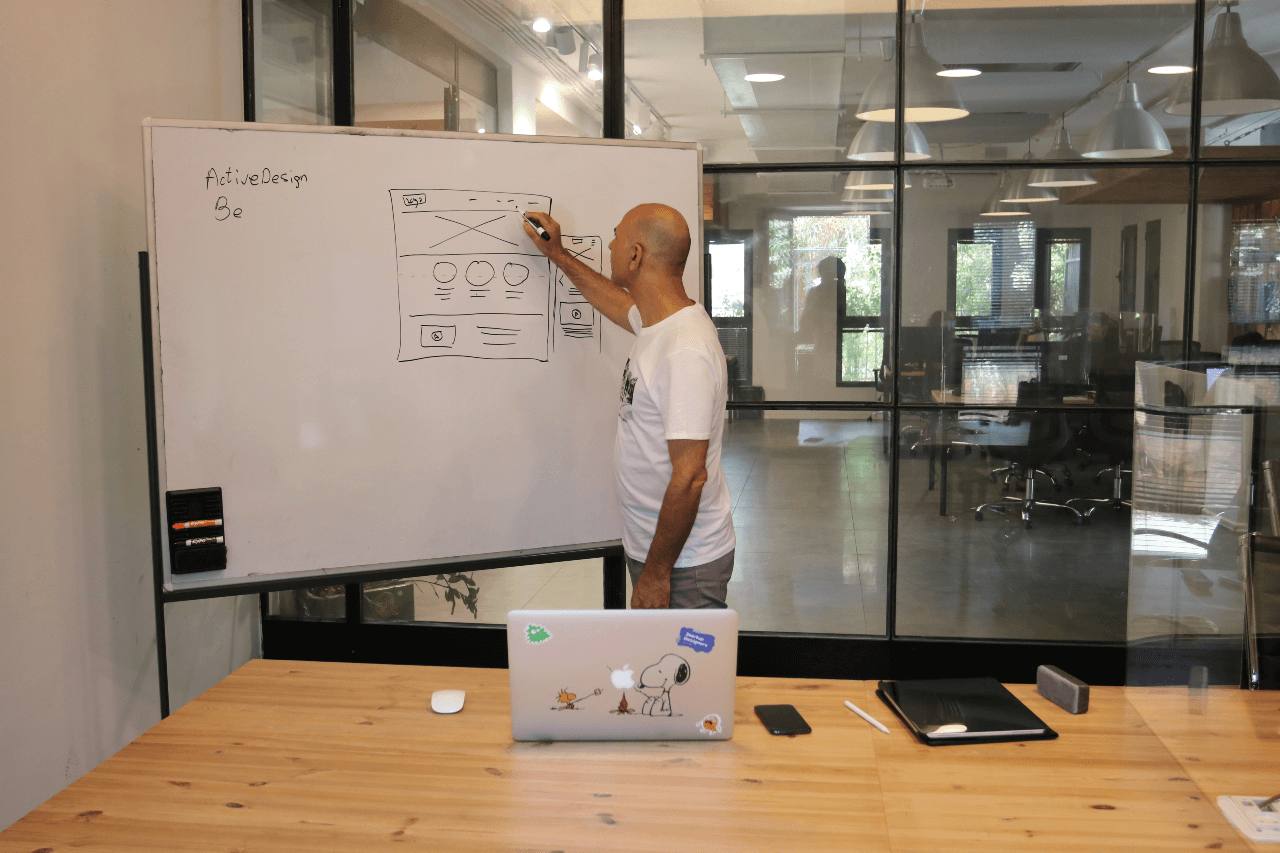


Your website’s purpose is to provide information to your customers and to convert them based on your website’s goals and objectives. For example, is the goal of your website to have your users provide an email, download content, or complete a purchase on-site? Identifying your ultimate goal is the first step before you can design your website around that user objective.
In the normal course of events, a stranger finds your website, becomes a prospect, takes some action, becomes an inbound lead — and then ultimately becomes a paying customer. This is usually the typical sales funnel which most sites hope every customer falls through.
Today, we will focus on maximizing conversion numbers most efficiently and thus decreasing the length of your sales cycle while increasing your average value per website visitor.
Is Your Website Efficient Enough?
Site efficiency means repairing every broken link, increasing your site speed, and making sure all redirects are accurate. Essentially it means optimizing every aspect of your visible website including optimizing your website’s technical performance.
It won’t matter how good everything else seems on-site if your website visitors are clicking away from the home page after a few seconds simply because the home page took too long to load.
What Are Your Value Propositions?
You want your most important messages to be front and center, big and bold. Does your page discuss your product’s key features clearly and concisely? People hate being bombarded with a wall of text (see “TL;DR”) but today’s users don’t mind reading things that are simply states and broken up into digestible parts. Make sure to use appropriate colors and accent colors to your web design while maintaining a clean overall look for a user to easily scroll through. A good rule of thumb is to create your content as if a 7-year-old will be reading and navigating through your website.
Optimize the readability of your content and crawl-ability of your site structure with them in mind.
Are You Using Micro-Conversions and Goal-Type Conversions?
Never, never, never attempt to sell someone on something that you haven’t primed them for. You want people to enjoy their time on your website and to learn more about you before being asked for their business. That is why it’s important to incorporate micro-conversions into your overall User Experience (UX) strategy; such as pop up windows that have email opt-in fields, social media follows, video views and specific page visits that are of significance.
Are You Using Micro-Conversions and Goal-Type Conversions?
Are You Using Micro-Conversions and Goal-Type Conversions?
Let's Work Together
like family and deliver results.

